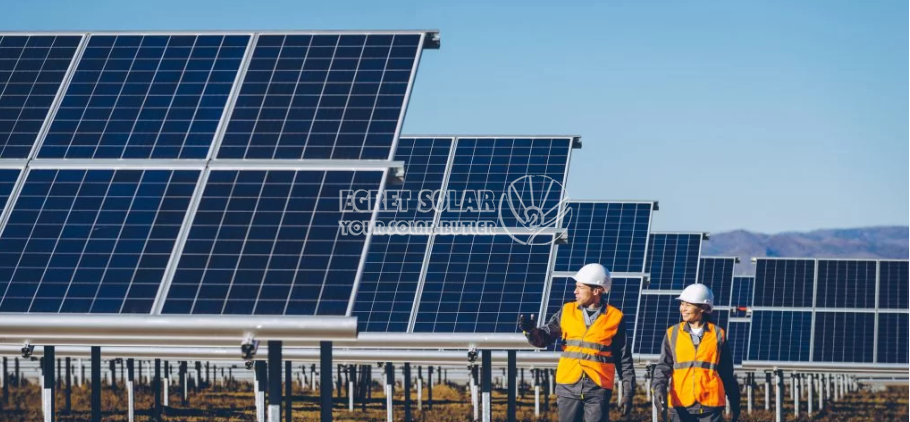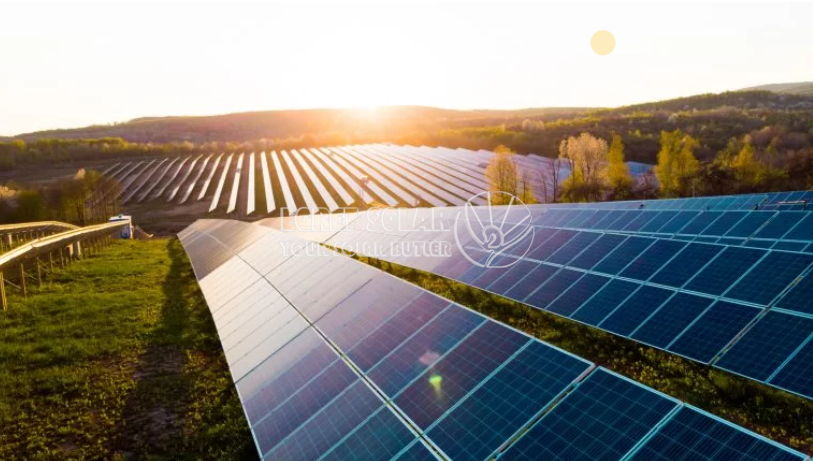- English
- Español
- Português
- русский
- Français
- 日本語
- Deutsch
- tiếng Việt
- Italiano
- Nederlands
- ภาษาไทย
- Polski
- 한국어
- Svenska
- magyar
- Malay
- বাংলা ভাষার
- Dansk
- Suomi
- हिन्दी
- Pilipino
- Türkçe
- Gaeilge
- العربية
- Indonesia
- Norsk
- تمل
- český
- ελληνικά
- український
- Javanese
- فارسی
- தமிழ்
- తెలుగు
- नेपाली
- Burmese
- български
- ລາວ
- Latine
- Қазақша
- Euskal
- Azərbaycan
- Slovenský jazyk
- Македонски
- Lietuvos
- Eesti Keel
- Română
- Slovenski
- मराठी
- Srpski језик
The Future Energy Philippines 2024
The Future Energy Show Philippines 2024 will take place in the coming May. It brings together Independent power generators, State-owned power generators, Private equity firms, Fuel suppliers, Renewable/ Alternative energy, Infrastructure funds, Industrial users, Institutional investors, Law firms, Developers/Construction companies, Consulting firms, Investment banks and Risk advisory firms.
Egret Solar will exhibit in The Future Energy Show by then, We sincerely invite you to our booth and have attached our invitation letter with our booth information. If you happen to be in the Philippines, welcome to our booth to learn about our products and discuss cooperation prospects.

Egret Solar exports many photovoltaic bracket products to Southeast Asia every year. As the most important trading country in Southeast Asia, we attach great importance to the Philippines.We are very optimistic about the solar energy prospects in the Philippines.

There has been a general expansion in solar power generation in Asia as opposed to Europe and the rest of the world, and ASEAN countries, including the Philippines have a greater growth potential. Current electricity costs in the Philippines are the highest in Asia, including Japan. This makes solar power a much cheaper and economically more advantageous option in the Philippines. The Philippines is a country of 102 million people, and is a relatively fast growing Asian economy, and it is anticipated that 7000MW of power generation will be added over the next five years.
Another Philippine milestone in the development of solar power using a Photo Voltaic (PV) system was in July 2013, when the net metering regulations and interconnection standards were released by the Philippine Energy Regulatory Commission, and went into effect on July 25, 2013. This was the first mechanism prescribed in the Philippine Renewable Energy Law that was initially passed in 2008. This law now legalizes, and thereby opens up the whole market of solar roof-top panels below 100KW in areas that are on-grid in the Philippines.

Total solar energy capacity in the Philippines from 2012 to 2022(in megawatts)
The Future of Solar Power in the Philippines
The Philippines has strong potential in harnessing solar energy, both for consumer use and power production, given the continued drop in prices and further innovation in the field. In addition, the country is prepared to join the solar power revolution, mainly due to its geographical location within the two Tropical Zones. It is well known that the archipelagic geology of the Philippines poses unique challenges in the distribution of solar power energy, and it is acknowledged that the Philippines should be very able to adapt a solar energy system for the country. However, the Philippines needs to improve the existing infrastructure, maintenance and connected technologies to ensure that this will work.

It is also acknowledged that it will be important to develop the correct energy management technology along with a solar power system that is built and developed in the Philippines, and has the potential to become a basis for other tropical island nations, should they wish to adopt this solar power system.
At the same time the private sector should also look into developing renewable energy projects, and developers should consider the opportunities as the Philippines integrates renewable energy development into its government regulations.
Another important aspect for the future of this industry, and the need for future investments in the solar field, is in the development of battery energy storage which will integrate renewable energy projects into the grid. It has been pointed out that the Philippines must be innovative on creating a market for ancillary services – i.e. battery energy storage. It is also recognized that there must be a move from the majority of lead based battery storage systems, to the higher storage and more efficient Lithium battery storage system.
Additionally, and from a consumer viewpoint, global prices of Solar Photo Voltaic (PV) panels have already dropped 52% from 2008 to 2015. It is acknowledged that this reduction in costs for an energy source, will impact globally and not just the Philippines.
Along with this trend, a study by the International Energy Agency has demonstrated that solar energy could surpass fossil fuels, biomass, wind, hydro and nuclear to become the largest source of electricity globally by 2050.
Conclusion
It is obvious that the potential for expanding the solar power industry in the Philippines is enormous – if only due to a combination of a beneficial climate, and the rapid reduction in the production costs of solar panels and related equipment. A 52 percent reduction in costs from 2008 to 2015 cannot be ignored. It is also estimated that the growth rate in solar power generation from 2012 to 2016 has been 7.6 percent. The main disadvantage currently is the cost of batteries. However, with greater usage, access and technological improvements, obviously manufacturing costs will reduce over time.




